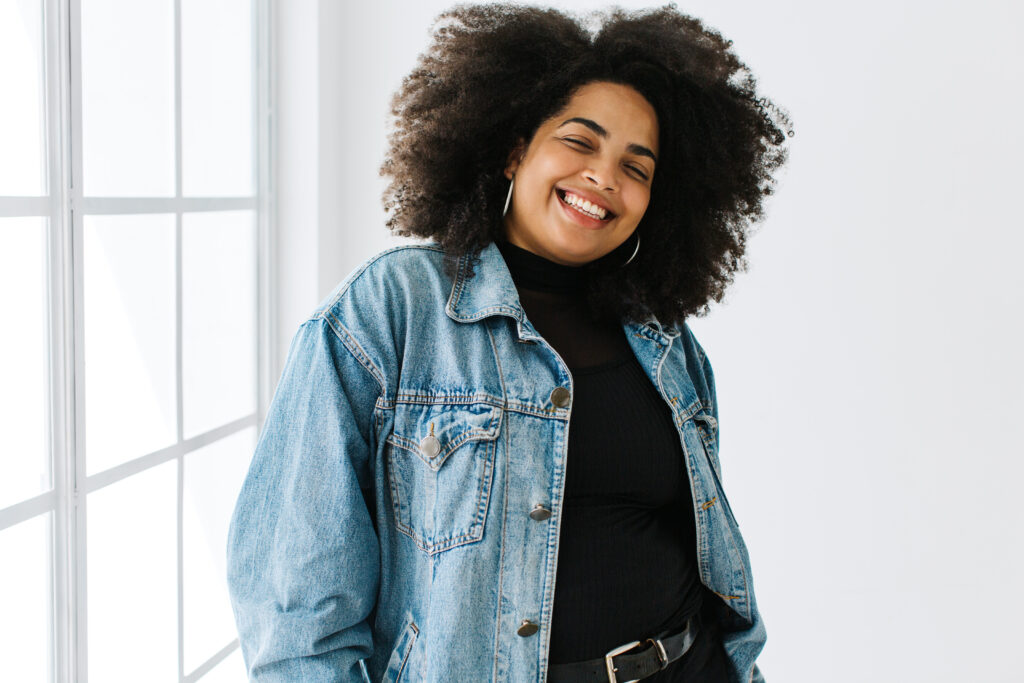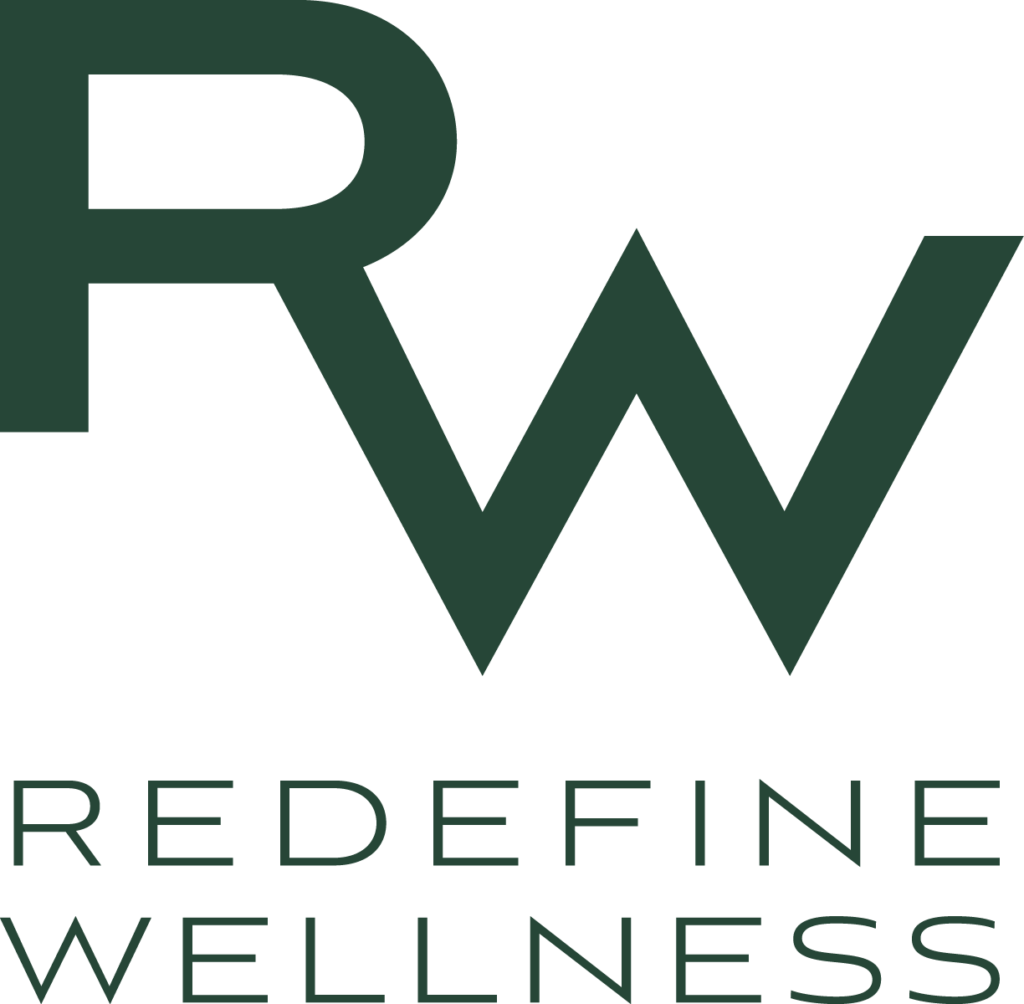Body Image and Body Neutrality

Body image and the way an individual perceives themselves can be a highly complex relationship. When people have negative thoughts about their bodies, that is when body dissatisfaction develops. According to a study in 2012, researchers estimated that 20-40% of women and 10-30% of men experience body dissatisfaction, which is a predictor for the development of disordered behaviors and eating disorders.
By Ekin Kiyici
Four Aspects of Body Image
Perceptual Body Image – How you see your body
If how you see your body is not aligned with your body presentation, it can create an inaccurate representation of how you actually look.
Affective Body Image – The Way You Feel About Your Body
How you feel about your body relates to the type or amount of emotions and feelings about your size, shape, weight, and individual body parts.
Cognitive Body Image – The Way You Think About Your Body And Other Bodies
How you think about your body and other bodies is associated with an individual’s thoughts, beliefs, preoccupations, and assumptions about body shapes, weights, and expectations for themselves and others.
Behavioral Body Image – Behaviors In Which You Engage In As A Result Of Your Body Image
Behaviors that are engaged in as a result of body image relate to the idea that when there are neutral or positive feelings associated with someone’s body, they may engage in nurturing, caring behaviors. However, when distress is related to someone’s body, they may engage in disordered behaviors.
Body Positivity vs. Body Neutrality
Body positivity encourages people to love and feel good about their bodies, regardless of their appearance. There is an emphasis on everyone being beautiful. However, this concept can be a bit harmful. Although it sounds wonderful to make loving your body a goal, in the body positivity movement, there is still a heavy emphasis on focusing on your physical body.
Body neutrality promotes accepting your body as it is. There is an emphasis on recognizing and appreciating your body’s abilities and nonphysical characteristics rather than your appearance. This approach provides a more realistic headspace and removes the physical body from being at the center of the conversation. By stressing a lack of attachment to how an individual’s body looks on any given day, body neutrality allows people to be okay with not loving their bodies daily and accepting them as they are.
Ways to Practice Body Neutrality
Practice Intuitive Eating
Listen to your body and what it’s craving, allow yourself to enjoy the things your body would like, and provide your body with the appropriate nourishment. Finding a dietician who practices intuitive eating can help implement these principles into your diet and lifestyle.
Redirect Conversations
If family or friends open conversations about weight and body size or speak negatively about their body or others redirect the conversation. If you feel comfortable, tell them you do not enjoy those topics and if you do not feel comfortable, bring up another topic of discussion.
Re-Frame Your Negative Self-Talk
When you speak negatively towards yourself or your body, find ways to neutralize those statements and thank your body for taking care of you that day.
Social Media Cleanse
Many individuals on social media compare their bodies and appearance to those on Instagram. To combat this direct source of negativity, delete any accounts that spark negative self-talk or any accounts that may be triggering body dissatisfaction. Instead, curate a body-inclusive feed with accounts that promote body acceptance and neutrality.
Shifting Focus
When someone struggles with body image or acceptance, much brain space is taken up by thinking about their physical appearance. If you catch yourself in a thought cycle about your body, try shifting your focus onto your strengths that lie outside of your physical appearance. Prompt yourself to describe how you are unique, what talents you hold, what your aspirations look like, and what you have achieved.
Find A Health at Every Size Provider
The HAES movement is a philosophy that encourages self-care and body diversity and challenges internalized beliefs about weight and health. The principles include weight inclusivity, health enhancement, respectful care, eating for well-being, and life-enhancing movement. Seeking out providers who align with this philosophy provides a safe and supportive environment when looking for certain avenues of aid in your relationship to body image.
Eliminate Checking Behaviors
A common behavior among those who struggle with negative body image is body checking, the act of assessing your body shape/size. Those behaviors may include frequently squeezing certain body parts, looking at your body in the mirror, weighing yourself, or trying on clothes. If you find yourself engaging in these behaviors, notice them, label what you are doing, and try to provide yourself with some compassion. Redirect your attention and thoughts to a different unrelated topic.
Embracing food freedom and developing a positive relationship with your body is possible. Our comprehensive anti-diet ebook will help you understand the science behind why diets do not work and give you the tools to break free the diet industry’s harmful cycle. In this ebook, you will also learn reasons why cultivating body acceptance is the way to a better body image. Click here to download our FREE anti-diet ebook!
Ready to make peace with your body?
Reach out to us today!

Meet Ekin
This post was written by Ekin Kiyici (she/her).
Ekin Kiyici is an Intake Coordinator at BALANCE eating disorder treatment center™. She graduated in 2020 from the University of California, Los Angeles, with a Bachelor of Science in Psychobiology. During her undergraduate career, she coordinated four studies as a research assistant for both the Anxiety and Depression Research Center and the Mind-Body lab. She is also currently a writer for a mental health and wellness platform, The Human Condition. Ekin is very passionate and dedicated to aiding in the treatment of eating disorders and wants to better understand the variables that span across eating, anxiety, and mood disorders. She plans to pursue a doctoral program in Clinical Psychology with the hopes of providing accessible treatment to eating disorder and anxiety populations as a clinical psychologist.


